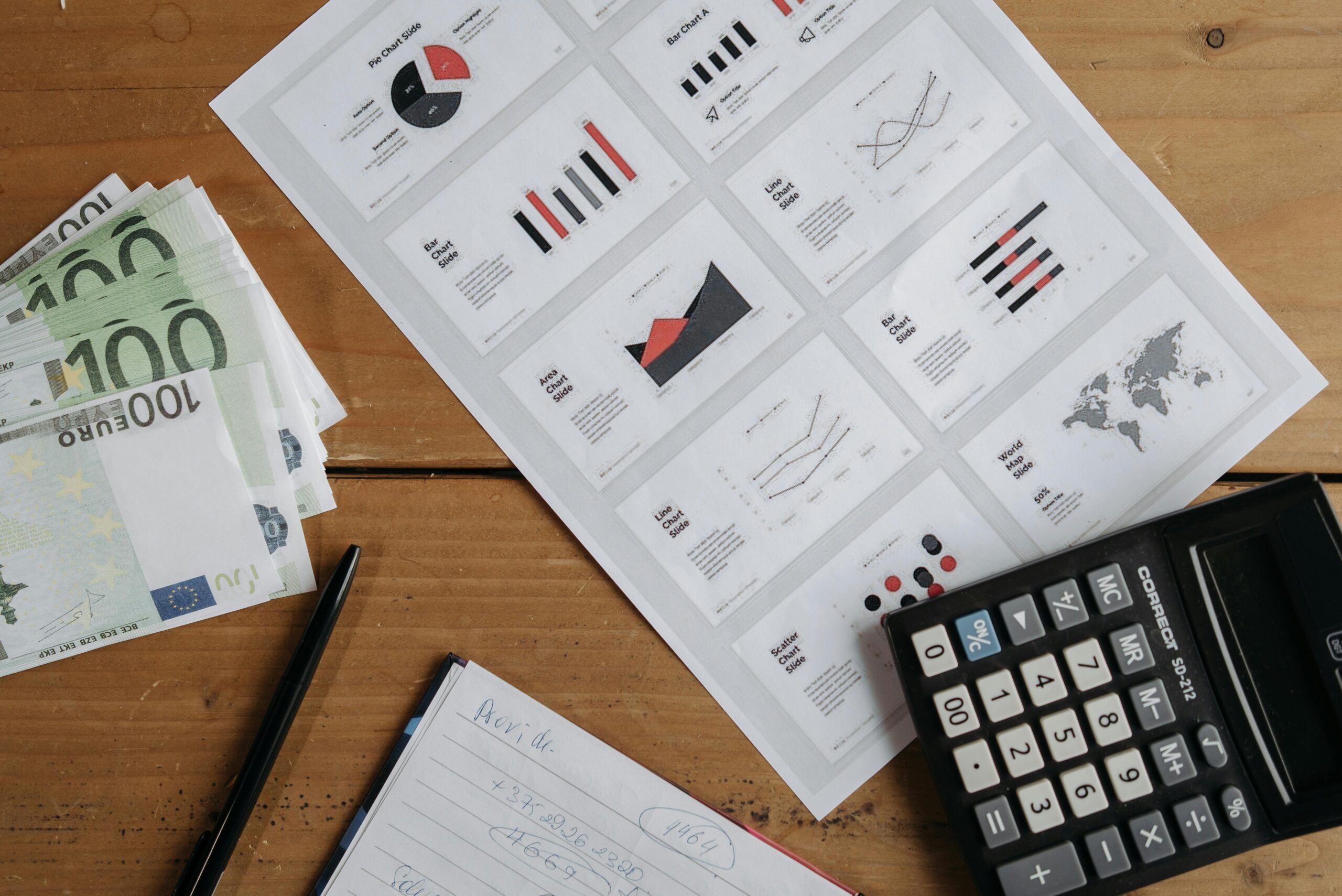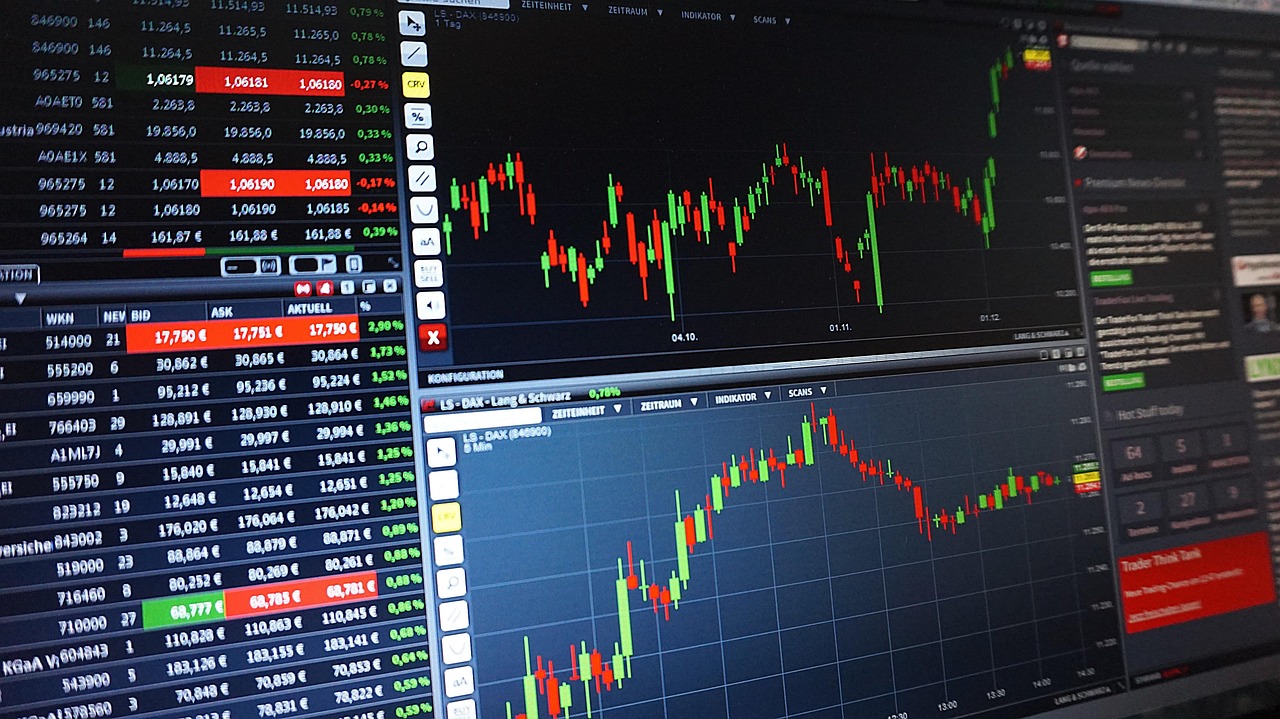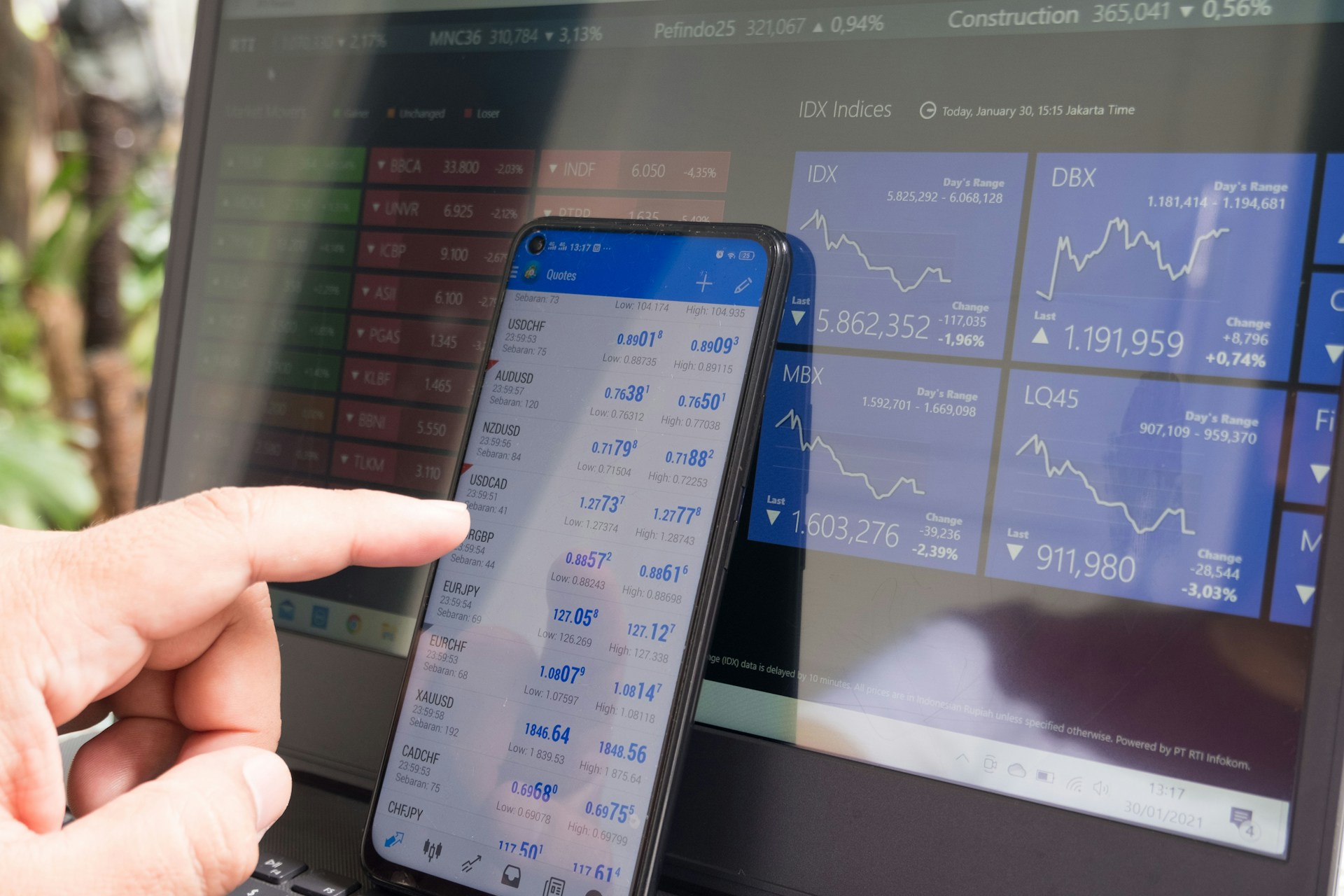Value is a complex and multifaceted concept that has been the subject of intense philosophical and economic debate for centuries. At the heart of this debate is the fundamental distinction between intrinsic value and extrinsic value. Understanding this distinction is crucial for making sense of the world around us and the choices we make as individuals and as a society.
Intrinsic value refers to the inherent worth or importance of something, independent of its usefulness or its relation to other things. It is the value that something possesses simply by what it is, not because of what it can do or what it can be exchanged for. Intrinsic value is often associated with the inherent qualities or properties of an object or concept, such as its beauty, its uniqueness, its authenticity, or its capacity to evoke profound emotional or spiritual responses.
In contrast, extrinsic value refers to the value that something has because of its usefulness, its ability to satisfy a desire or need, or its exchange value for other things. Extrinsic value is derived from the external factors and circumstances that surround an object or concept, rather than from its inherent qualities. Things with extrinsic value are often valued for their instrumental or utilitarian properties, their ability to generate income or wealth, or their social or cultural significance.
To better understand the difference between intrinsic and extrinsic value, let’s consider some concrete examples:
Intrinsic Value
One of the clearest examples of intrinsic value is the beauty of nature. The grandeur of a majestic mountain range, the serene beauty of a pristine lake, or the vibrant colors of a sunset all possess an inherent value that transcends their practical usefulness. These natural wonders are valued not because of what they can do for us or how they can be exchanged, but because of their inherent aesthetic and emotional qualities.
Similarly, works of art, such as paintings, sculptures, or musical compositions, are often valued for their intrinsic worth. The artistic merit, the emotional resonance, and the creative expression embodied in these works are what give them their intrinsic value, regardless of their monetary worth or their practical applications.
Another example of intrinsic value can be found in the realm of human rights and moral values. The inherent dignity and worth of every human being, the fundamental principles of justice, equality, and freedom, and the pursuit of knowledge and understanding for their own sake all possess an intrinsic value that transcends their practical utility or their exchange value.
Extrinsic Value
In contrast, extrinsic value is often associated with the practical or instrumental usefulness of an object or concept. For example, a hammer or a screwdriver has extrinsic value because of its ability to help us accomplish tasks and fulfill certain needs, such as building or repairing things. The value of these tools lies not in their inherent qualities, but in their capacity to serve as means to an end.
Similarly, money is a prime example of extrinsic value. While money itself has no inherent worth (beyond the value of the materials used to produce it), it is highly valued because of its ability to be exchanged for goods and services, to generate income, and to accumulate wealth. The value of money is entirely dependent on its extrinsic function as a medium of exchange and a store of value.
Another example of extrinsic value can be found in the realm of education. While the pursuit of knowledge and understanding can possess intrinsic value, the value of a specific educational degree or certification is often more closely tied to its practical utility in the job market or its ability to open up new career opportunities. The extrinsic value of education lies in its capacity to enhance one’s earning potential, improve one’s chances of career advancement, or provide access to certain professional roles or social status.
The Relationship Between Intrinsic and Extrinsic Value
It is important to note that the distinction between intrinsic and extrinsic value is not always clear-cut, and there can often be a complex interplay between the two. Many things in our lives possess both intrinsic and extrinsic value, and the relative importance of each can depend on the context and the individual’s perspective.
For example, a piece of jewelry might have intrinsic value in terms of its aesthetic beauty, craftsmanship, or sentimental significance, but it may also have extrinsic value in terms of its monetary worth or its ability to confer social status. Similarly, a work of art might be valued for its intrinsic artistic merit, but it might also be valued for its extrinsic ability to appreciate over time or to serve as a status symbol.
In the realm of education, the pursuit of knowledge and understanding can possess intrinsic value, but the practical outcomes and career opportunities that education can provide also have extrinsic value. The relative importance of these two aspects of value can vary depending on the individual’s goals, motivations, and personal circumstances.
The interplay between intrinsic and extrinsic value can also be seen in the context of environmental conservation. The intrinsic value of a pristine natural environment, with its unique ecosystems, biodiversity, and aesthetic beauty, might be at odds with the extrinsic value that can be derived from exploiting or developing that environment for economic gain. This tension often lies at the heart of debates over environmental policy and the trade-offs between economic development and ecological preservation.
The Importance of Recognizing the Difference
Recognizing the distinction between the intrinsic and extrinsic value is crucial for making informed and ethical decisions in our personal and social lives. When we fail to distinguish between these two types of value, we risk making decisions that prioritize short-term, extrinsic benefits over more profound, intrinsic values.
For example, in the realm of personal well-being, it is easy to become overly focused on the extrinsic value of material possessions, social status, or financial success, at the expense of nurturing the intrinsic values of personal growth, meaningful relationships, and emotional fulfillment. Similarly, in the realm of environmental policy, a narrow focus on the extrinsic economic value of natural resources can lead to the erosion of the intrinsic value of ecosystems and the long-term sustainability of our planet.
By recognizing the difference between intrinsic and extrinsic value, we can strive to strike a better balance between these two types of value in our individual and collective decision-making. This can involve prioritizing intrinsic values in our personal lives, such as cultivating meaningful relationships, pursuing creative and intellectual endeavors, and engaging in activities that bring us joy and fulfillment. It can also involve advocating for policies and practices that recognize the intrinsic value of natural environments, cultural heritage, and human dignity, even when these values might not align with short-term economic interests.
Ultimately, the distinction between intrinsic and extrinsic value is not just an academic exercise; it is a fundamental lens through which we can navigate the complexities of the world around us and make choices that align with our deepest-held values and aspirations. By embracing this distinction, we can strive to create a more just, sustainable, and fulfilling world for ourselves and future generations.
Calculating Intrinsic Value
Determining the intrinsic value of something can be a challenging task, as it often involves subjective and qualitative assessments. However, some approaches can help us estimate the intrinsic value of various objects, concepts, and experiences.
One method for calculating intrinsic value is through the use of contingent valuation, which is a survey-based approach that asks individuals to state their willingness to pay (or to accept) for the preservation or the provision of a particular good or service. This method is often used in the context of environmental protection, where researchers might ask people how much they would be willing to pay to preserve a rare species or a natural habitat.
For example, imagine a scenario where researchers want to assess the intrinsic value of a pristine, old-growth forest. They could conduct a survey, asking a representative sample of the population how much they would be willing to pay to ensure the forest’s preservation, even if they had no plans to directly use or visit the forest. The aggregate willingness to pay expressed by the respondents would provide an estimate of the forest’s intrinsic value, as it captures the inherent worth that people ascribe to the forest’s existence, its beauty, and its ecological importance, independent of any practical or utilitarian considerations.
Another approach to calculating intrinsic value is through the use of hedonic pricing, which attempts to infer the value of a non-market good or service by analyzing the prices of related market goods. For example, researchers might look at the differences in housing prices between neighborhoods with and without access to green spaces or scenic views, to estimate the intrinsic value that people attach to these environmental amenities.
This method could also be applied to the valuation of art or cultural heritage. By analyzing the prices paid for similar works of art or the willingness of people to pay admission fees to access cultural institutions, researchers can gain insights into the intrinsic value that people place on these cultural assets.
It’s important to note that these methods for calculating intrinsic value are not without their limitations. Contingent valuation can be subject to biases and strategic responses, while hedonic pricing relies on the availability of relevant market data and the ability to isolate the specific intrinsic value from other confounding factors. Additionally, there are many aspects of intrinsic value, such as the spiritual or emotional significance of certain objects or experiences, that may not be easily quantifiable.
Nonetheless, these approaches can provide valuable insights into the intrinsic value of various things, and they can help inform decision-making processes that involve trade-offs between intrinsic and extrinsic considerations.
Calculating Extrinsic Value
Determining the extrinsic value of something is generally more straightforward than calculating its intrinsic value, as it often involves objective, market-based assessments.
One common method for calculating extrinsic value is through the use of market prices. The market price of a good or service reflects its exchange value, which is the amount that someone is willing to pay to acquire it. This exchange value, in turn, is influenced by factors such as supply and demand, production costs, and the availability of substitutes.
For example, the extrinsic value of a house can be determined by looking at the prices of similar houses in the local real estate market. These market prices reflect the house’s utility as a place to live, its location, its size, and its amenities – all of which contribute to its extrinsic value.
Another way to calculate extrinsic value is through the use of cost-benefit analysis, which compares the monetary costs and benefits associated with a particular good or service. In this approach, the extrinsic value is determined by the net benefit or the difference between the monetary value of the benefits and the monetary value of the costs.
For instance, consider the extrinsic value of a college education. The costs of a college education, including tuition, fees, and the opportunity cost of foregone earnings, can be calculated. The benefits, such as the increased earning potential and access to better job opportunities, can also be estimated. By comparing the costs and the benefits, we can arrive at an approximation of the extrinsic value of a college education.
In the realm of investments, the extrinsic value of a financial asset, such as a stock or a bond, is often calculated using discounted cash flow analysis. This method involves estimating the future cash flows that the asset is expected to generate and then discounting those cash flows back to their present value, using an appropriate discount rate. The resulting present value represents the extrinsic value of the asset, as it reflects the market’s assessment of the asset’s ability to generate future returns.
It’s important to note that the calculation of extrinsic value can be influenced by various factors, such as market trends, consumer preferences, and government policies. Additionally, the extrinsic value of some goods and services may be more easily quantifiable than others, depending on the availability of relevant market data and the complexity of the underlying factors that contribute to their value.
By understanding the methods for calculating both intrinsic and extrinsic value, we can gain a more holistic understanding of the value of the things that matter to us, whether they be material possessions, natural resources, or cultural assets. This knowledge can then inform our decision-making processes and help us strike a better balance between the pursuit of intrinsic and extrinsic value in our lives.
Calculating Intrinsic Value with Math
As mentioned earlier, determining the intrinsic value of something can be a challenging task, as it often involves subjective and qualitative assessments. However, some quantitative approaches can help us estimate the intrinsic value of various objects, concepts, and experiences.
One method is the use of contingent valuation, which involves asking individuals to state their willingness to pay (or to accept) for the preservation or the provision of a particular good or service. This can be represented mathematically as:
Intrinsic Value = Σ(WTPi)
Where:
- WTPi is the willingness to pay for individual i
- Σ represents the summation of all individual willingness to pay values
For example, let’s say a survey is conducted to determine the intrinsic value of a pristine, old-growth forest. The researchers asked a representative sample of 100 people how much they would be willing to pay to ensure the forest’s preservation, even if they had no plans to directly use or visit the forest. The responses are as follows:
- 20 people are willing to pay $50 each
- 30 people are willing to pay $75 each
- 25 people are willing to pay $100 each
- 15 people are willing to pay $125 each
- 10 people are willing to pay $150 each
To calculate the intrinsic value of the forest, we would plug these values into the equation:
Intrinsic Value = (20 × $50) + (30 × $75) + (25 × $100) + (15 × $125) + (10 × $150) Intrinsic Value = $1,000 + $2,250 + $2,500 + $1,875 + $1,500 Intrinsic Value = $9,125
This result suggests that the intrinsic value of the old-growth forest, as perceived by the surveyed population, is approximately $9,125.
Another approach to calculating intrinsic value is through the use of hedonic pricing, which attempts to infer the value of a non-market good or service by analyzing the prices of related market goods. This can be represented mathematically as:
Intrinsic Value = ΣβiXi
Where:
- βi is the implicit price (or marginal willingness to pay) for characteristic i
- Xi is the quantity or level of characteristic i
For example, consider the intrinsic value of a scenic view from a residential property. Researchers could analyze the differences in housing prices between properties with and without access to scenic views, controlling for other factors such as size, age, and location. The implicit price (βi) of the scenic view characteristic could then be used to estimate the intrinsic value of the view.
Calculating Extrinsic Value with Math
Determining the extrinsic value of something is generally more straightforward than calculating its intrinsic value, as it often involves objective, market-based assessments.
One common method for calculating extrinsic value is through the use of market prices. The market price of a good or service reflects its exchange value, which can be represented mathematically as:
Extrinsic Value = Market Price
For example, the extrinsic value of a house can be determined by looking at the prices of similar houses in the local real estate market. If the market price of a house is $500,000, then its extrinsic value is $500,000.
Another way to calculate extrinsic value is through the use of cost-benefit analysis, which compares the monetary costs and benefits associated with a particular good or service. This can be represented mathematically as:
Extrinsic Value = Benefits – Costs
For instance, consider the extrinsic value of a college education. The costs of a college education, including tuition, fees, and the opportunity cost of foregone earnings, can be calculated. The benefits, such as the increased earning potential and access to better job opportunities, can also be estimated. By comparing the costs and the benefits, we can arrive at an approximation of the extrinsic value of a college education.
Suppose the total cost of a college education is $80,000, and the expected increase in lifetime earnings is $500,000. The extrinsic value of a college education would be:
Extrinsic Value = $500,000 – $80,000 = $420,000
In the realm of investments, the extrinsic value of a financial asset, such as a stock or a bond, is often calculated using discounted cash flow analysis. This method involves estimating the future cash flows that the asset is expected to generate and then discounting those cash flows back to their present value, using an appropriate discount rate. The resulting present value represents the extrinsic value of the asset, as it reflects the market’s assessment of the asset’s ability to generate future returns.
Mathematically, this can be represented as:
Extrinsic Value = Σ(CFt / (1 + r)^t)
Where:
- CFt is the expected cash flow in period t
- r is the appropriate discount rate
- t represents the time period
By understanding the mathematical approaches to calculating both intrinsic and extrinsic value, we can gain a more rigorous and quantitative understanding of the value of the things that matter to us. This knowledge can then inform our decision-making processes and help us strike a better balance between the pursuit of intrinsic and extrinsic value in our lives.





